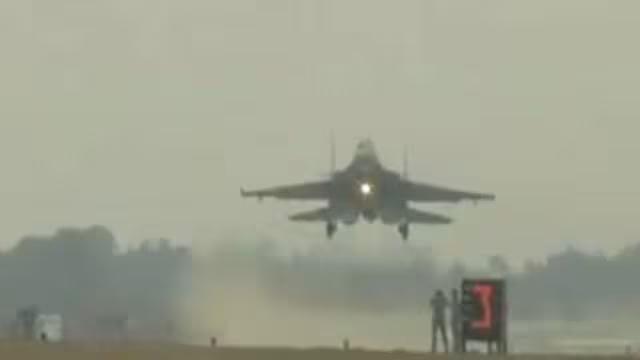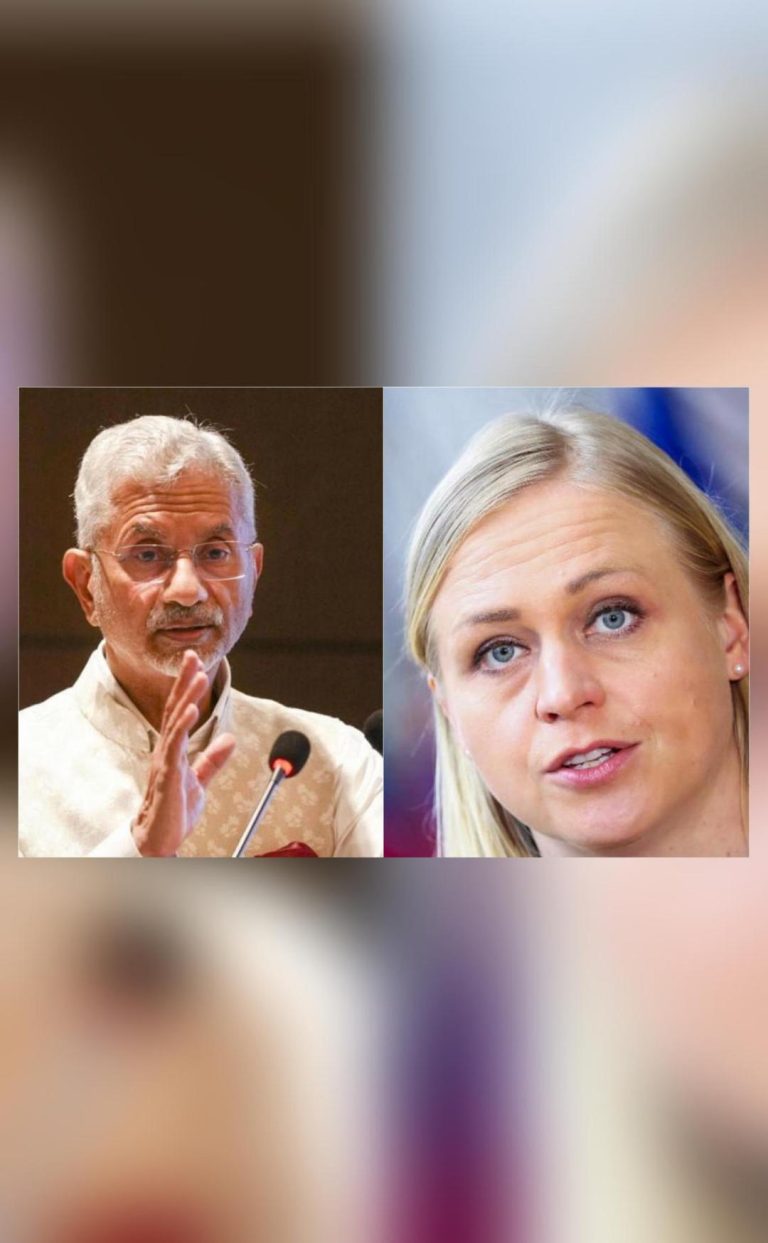
Why is IAF conducting fighter jets’ landing & take-off drill at Ganga Expressway in UP?
In a significant development, the Indian Air Force (IAF) recently conducted a series of take-off and landing exercises on the Ganga Expressway in Uttar Pradesh (UP). The exercise, which included fighter jets like Rafale, was aimed at assessing the expressway’s potential as an alternative runway during times of war or national emergencies. What makes this exercise even more noteworthy is that the Ganga Expressway is the first airstrip on any expressway in India equipped to handle both day and night landings of jets.
The IAF conducted the exercises at both day and night, showcasing its capability to operate from unconventional airstrips. The expressway, which stretches over 165 kilometers, was converted into a temporary airstrip for the exercise. The IAF used fighter jets like Rafale, which are capable of carrying out air-to-air refueling, to conduct the take-off and landing drills.
So, why is the IAF conducting such an exercise on the Ganga Expressway? The answer lies in the growing need for alternative runways in the country, particularly in the wake of rising tensions along the Indo-China border. With the Line of Actual Control (LAC) remaining a contentious issue, the IAF needs to be prepared to operate from unconventional airstrips in the event of a conflict.
The Ganga Expressway, which connects the cities of Lucknow and Prayagraj, was constructed to reduce travel time and increase connectivity between the two cities. However, its strategic location and infrastructure make it an attractive option for the IAF to use as an emergency airstrip. The expressway’s length and width, combined with its smooth surface, make it an ideal location for take-off and landing of fighter jets.
The IAF is also exploring the possibility of converting other high-speed corridors and expressways into temporary airstrips. This would not only provide an alternative to conventional airstrips but also increase the IAF’s flexibility and reach. The exercise on the Ganga Expressway is a step in this direction, demonstrating the IAF’s capability to operate from unconventional locations.
The exercise was also seen as a test of the IAF’s night-flying capabilities. Fighter jets like the Rafale are equipped with advanced avionics and navigation systems, which enable them to operate in low-visibility conditions. The night exercise was a testament to the IAF’s ability to conduct operations in challenging weather conditions, making it a formidable force in the skies.
The Ganga Expressway exercise has significant implications for the IAF’s operational preparedness. It demonstrates the IAF’s ability to adapt to changing circumstances and operate from unconventional locations. The exercise also sends a strong message to potential adversaries that the IAF is capable of operating from unexpected locations, making it a formidable force on the battlefield.
In conclusion, the IAF’s exercise on the Ganga Expressway is a significant development in the country’s aviation landscape. It demonstrates the IAF’s capability to operate from unconventional airstrips and its preparedness to respond to emerging threats. As tensions along the Indo-China border continue to escalate, the IAF’s ability to operate from alternative runways will be crucial in maintaining national security.






